
Nameless Pinions are a common Noctuid moth in the spring and fall. How weird to have an accepted common name of Nameless Pinion? I’d really like to hear the story behind that, but JB Smith did not deign to mention it in his original description.
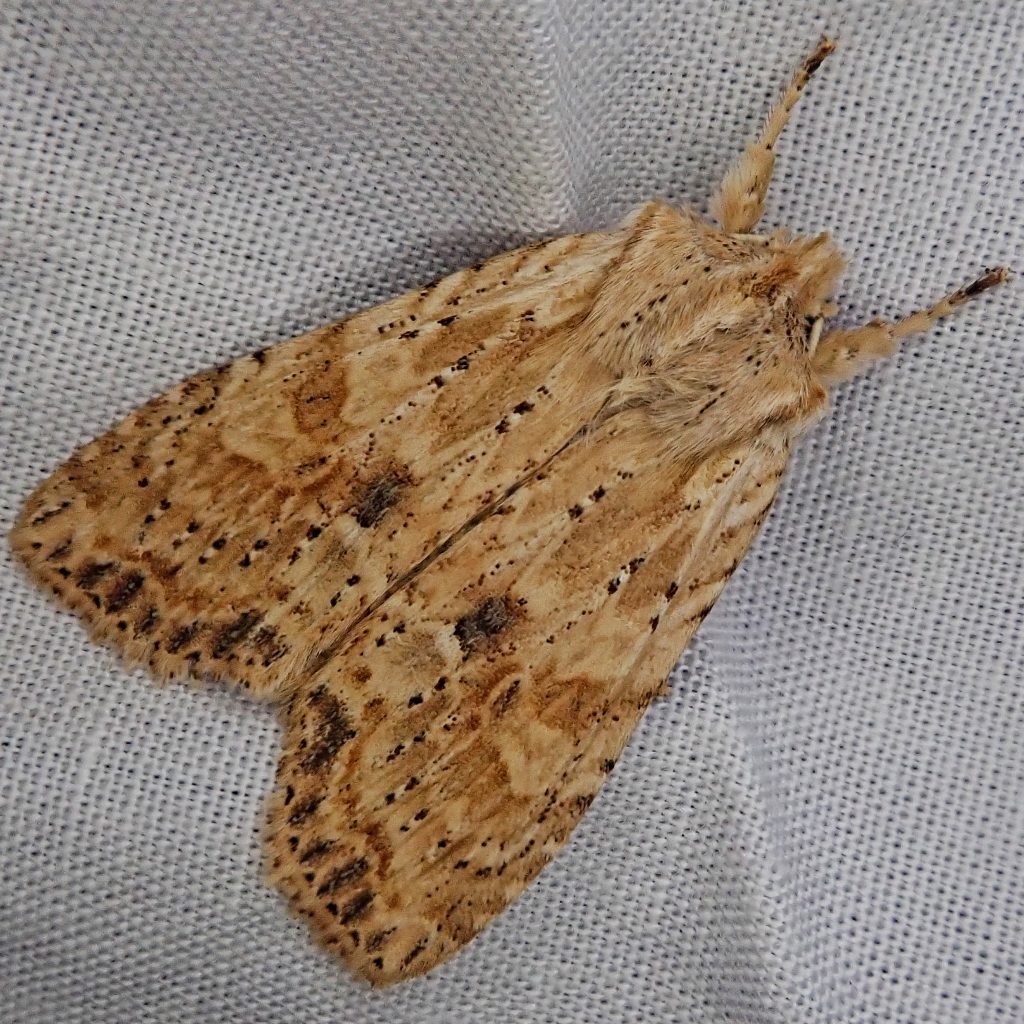
Many of the Lithophane spp., including Lithophane innominata, eclose in the fall, and the adults fly for several weeks before entering hibernation until spring. They then emerge to breed. This is unusual amongst Lepidoptera in general, in that they may spend up to 8 months in the imago (winged) stage, while only spending 2-3 months as caterpillars and a similar period as pupae. Those proportions are more often reversed in Lepidoptera, with the winged stage by far the shortest.
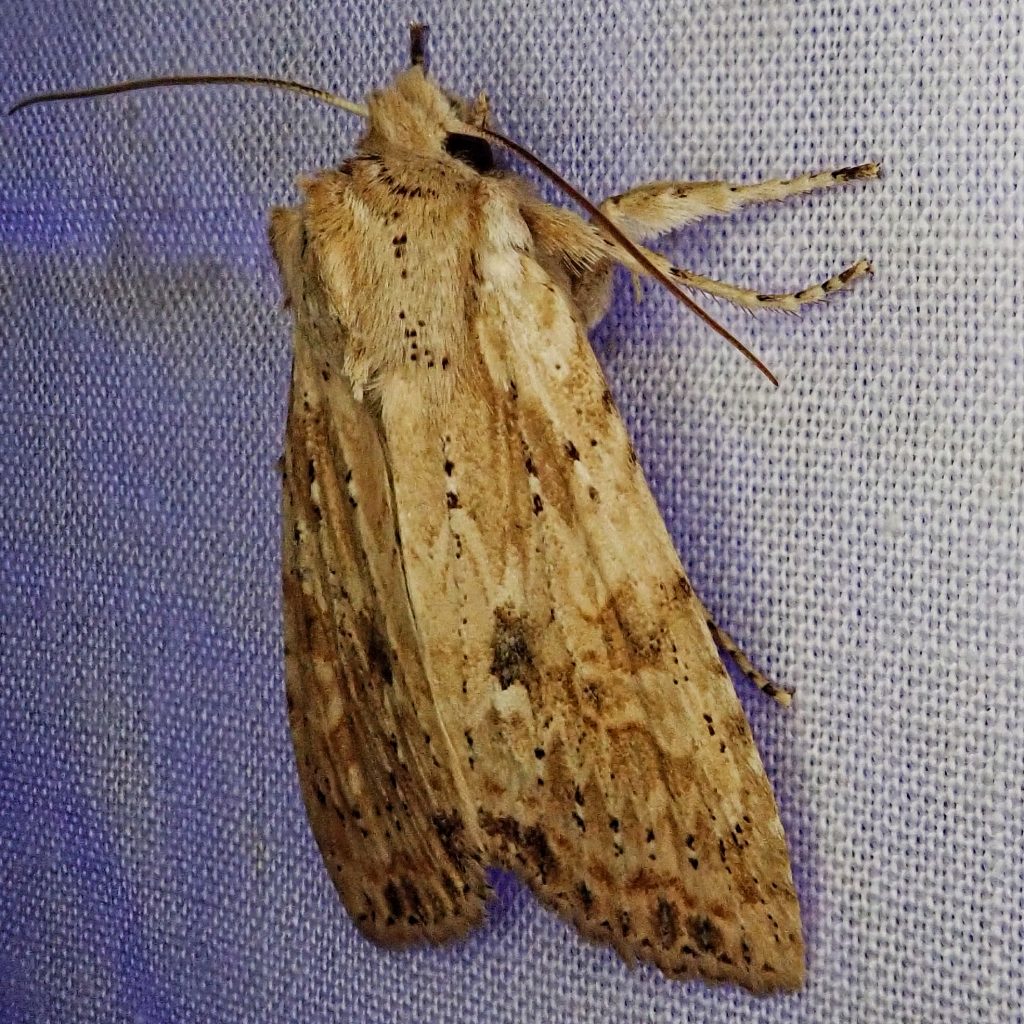
Theories abound as to what the species survival value of this life cycle is, but it seems likely that additional dispersal is a benefit, since that would expand the range, repopulate areas that may have suffered great losses due to fire or logging, and keep the gene pool from stagnating. Many moths which overwinter as adults also eat windfall fruit in the fall, which would add to their reserves entering hibernation, although I can’t confirm this for Nameless Pinions. But it has definitely been found that the larvae of this species will feed on insects and even other caterpillars, which undoubtedly adds to their energy reserves.
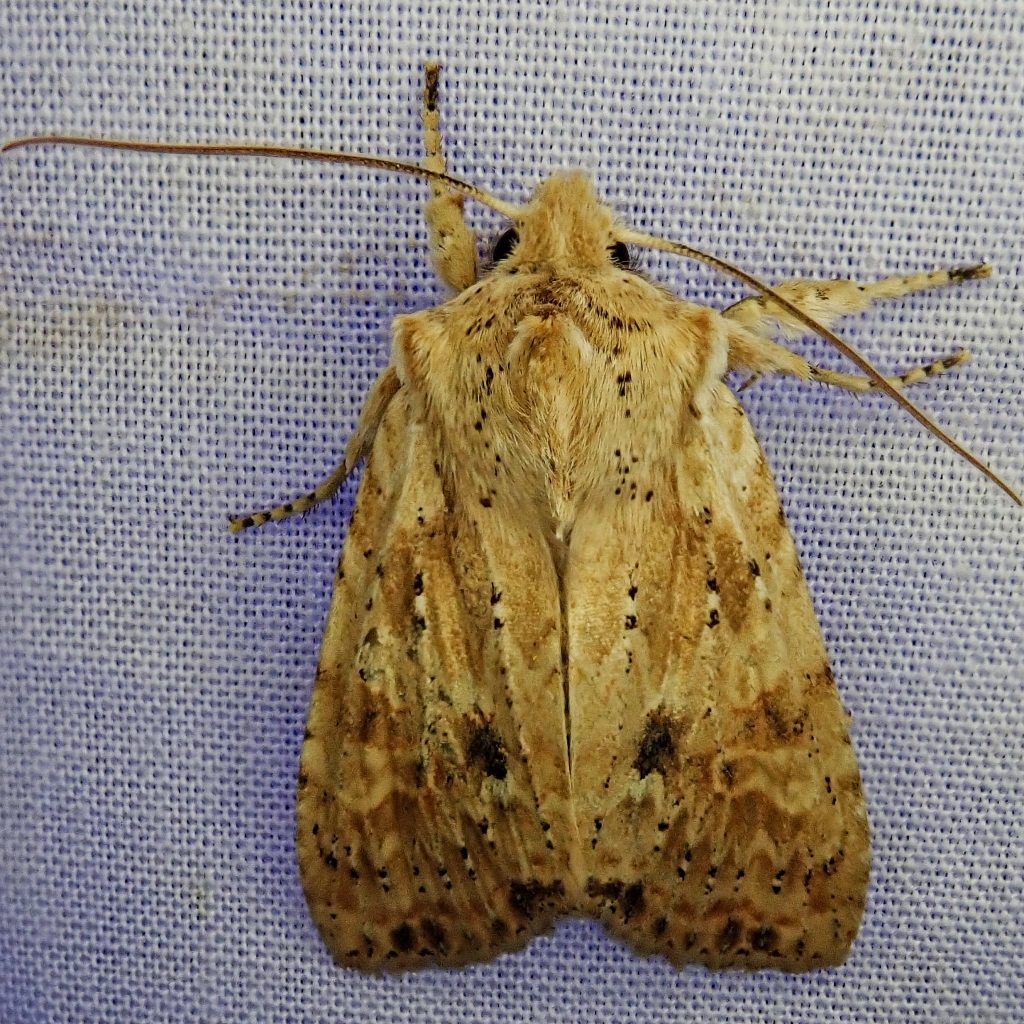
Description– This is a medium sized moth (fw length 17-18mm), with mottled greyish yellow and brown forewings, and a diffuse dark bar in the median area; antemedial and postmedial lines are just paired dots on the veins; orbicular and reniform spots filled with lighter ground color.
Similar species-Most other Lithophane in our region are grey; L. disposita is olive rather than tan, and has only been found in the Blue Mtns in our region; dark forms may be confused with L. petulca, but it is grey rather than yellow in the lighter colored sections.
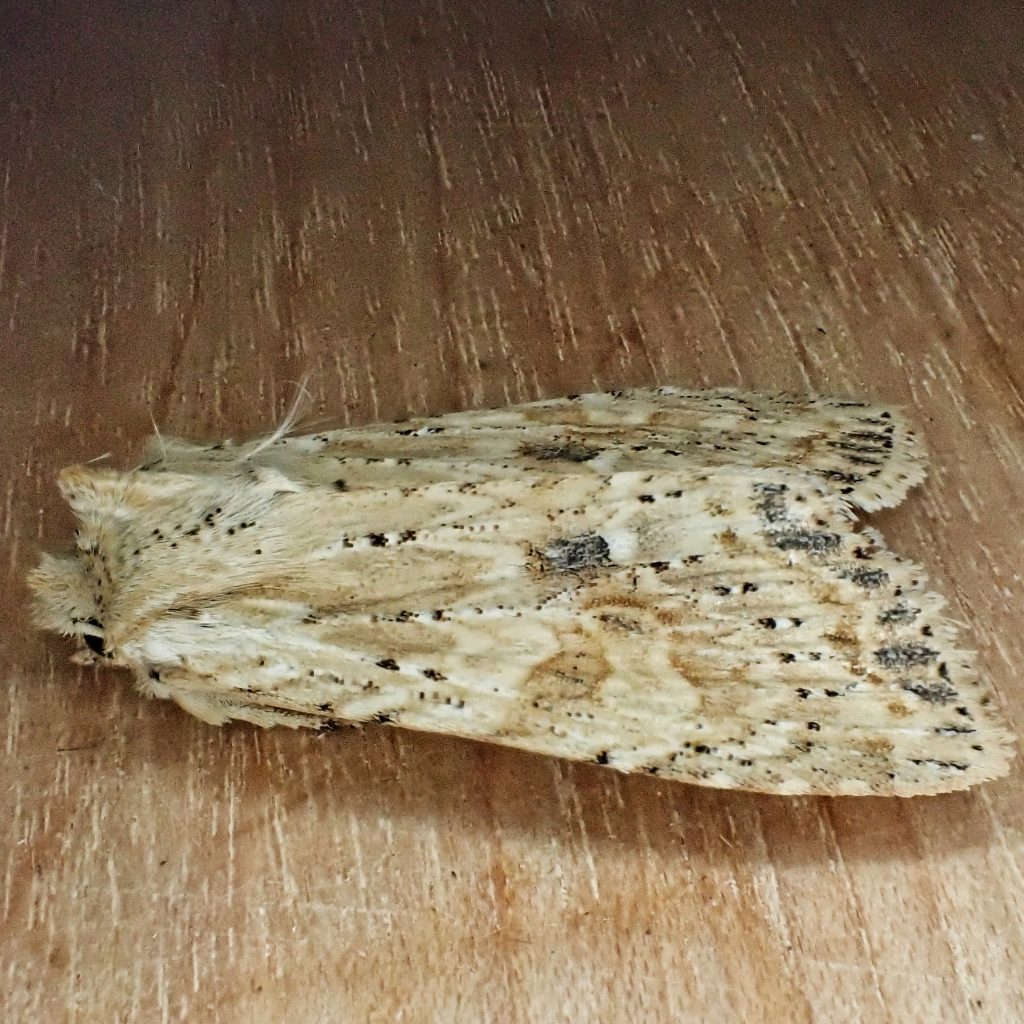
Habitat– Moist to mesic hardwood and mixed forests, and riparian corridors at low to middle elevations.
Range-Widespread in North America; in our region it is found region wide except for shrub steppe and other arid, treeless locations.
Eats-Larvae feed on many different hardwoods including willows, cottonwoods, alder, birch, oaks, and various fruit trees in the Rosaceae family, and also on insects and other caterpillars.
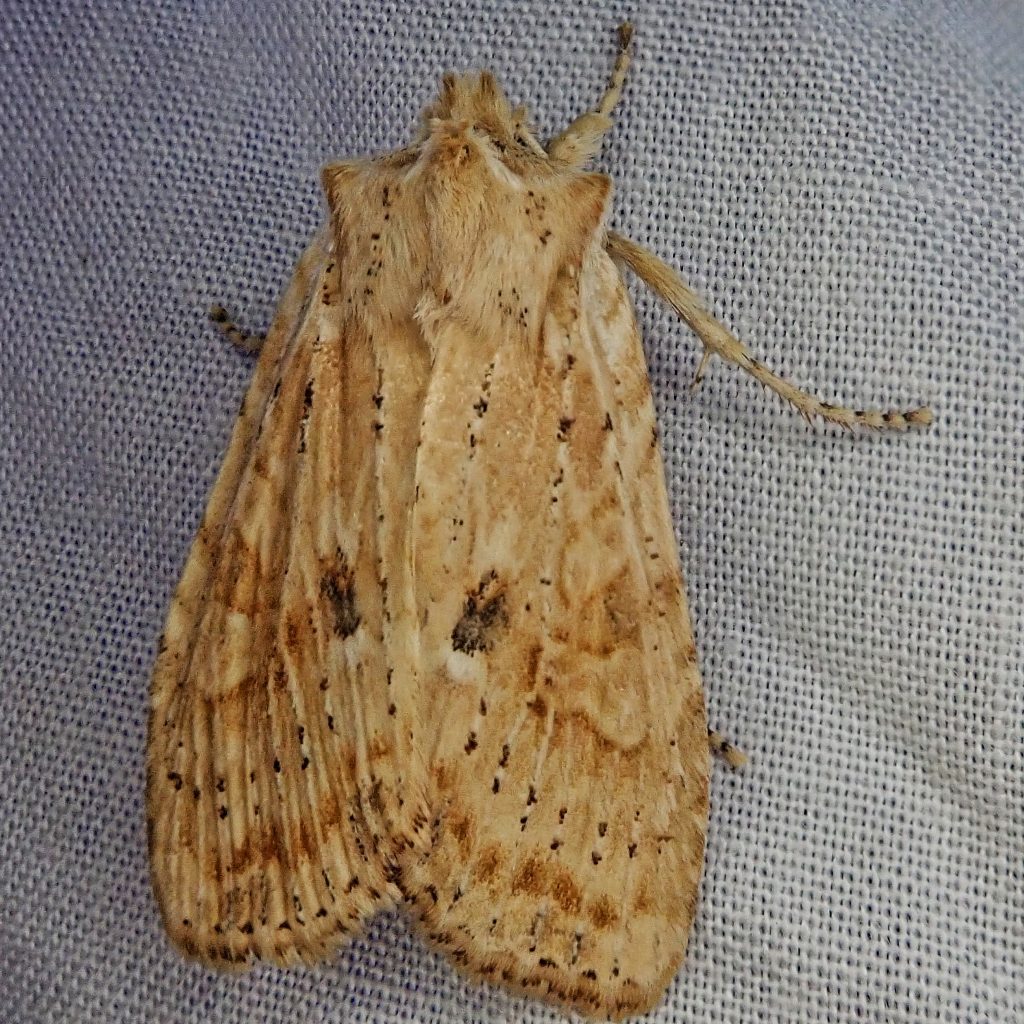
Reproduction– Eggs laid mid spring, pupate mid summer, adults emerge in the fall, overwinter in hibernation, fly again in early spring and breed then.
Adults active-Late February to late May and late August to early November.
Etymology of names–Lithophane means roughly ‘manifestation in stone’ in Greek. I cannot seem to ascertain what that references, though it may have to do with the artform of that name, which is a molded or etched work in thin material, that can only be seen when backlit. The specific epithet innominata means ‘unnamed’ in Latin. JB Smith was, unfortunately, not forthcoming as to his reasoning behind the choice of this name.
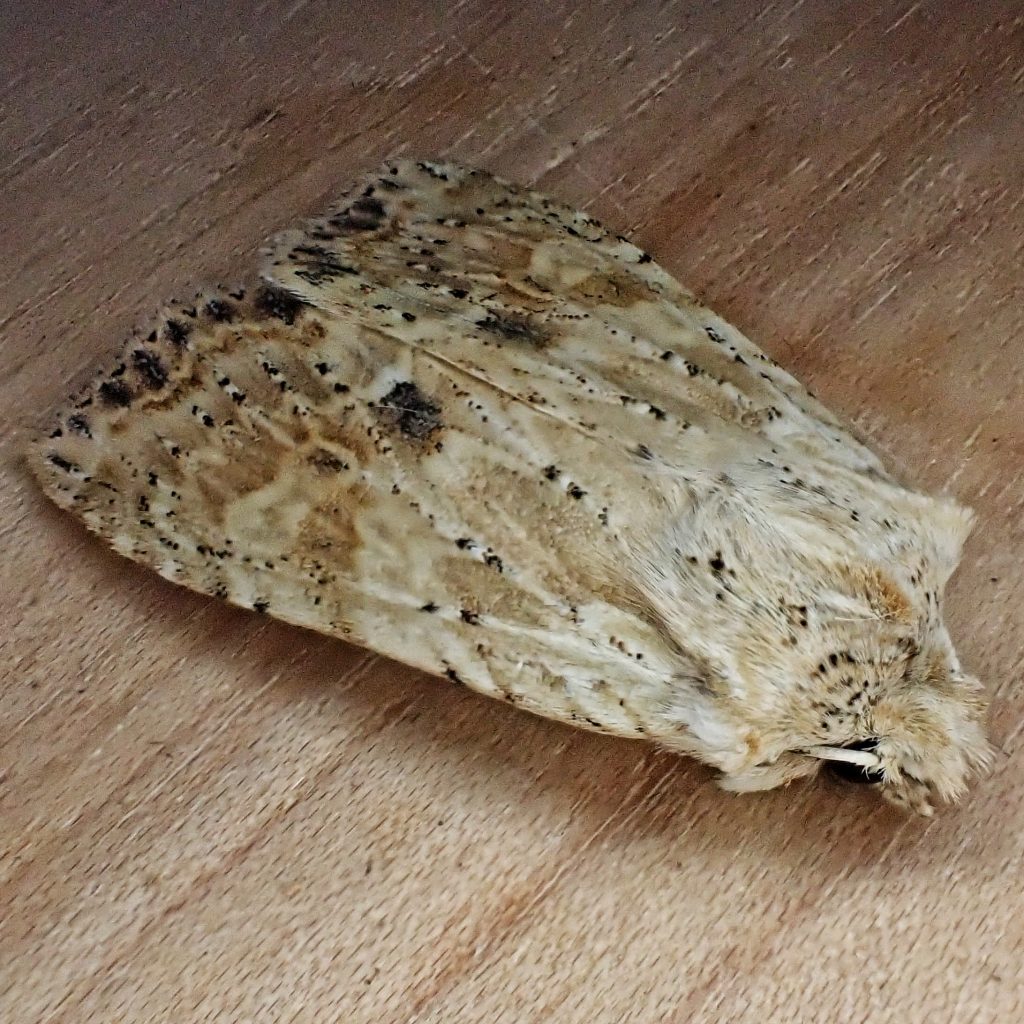
Species Lithophane innominata – Nameless Pinion – Hodges#9888 – BugGuide.Net
https://wiki.bugwood.org/Archive:Caterpillars/Lithophane_innominata
https://www.jstor.org/stable/pdf/25076707.pdf
http://mothphotographersgroup.msstate.edu/species.php?hodges=9888
https://nl.pensoft.net/article/34390/
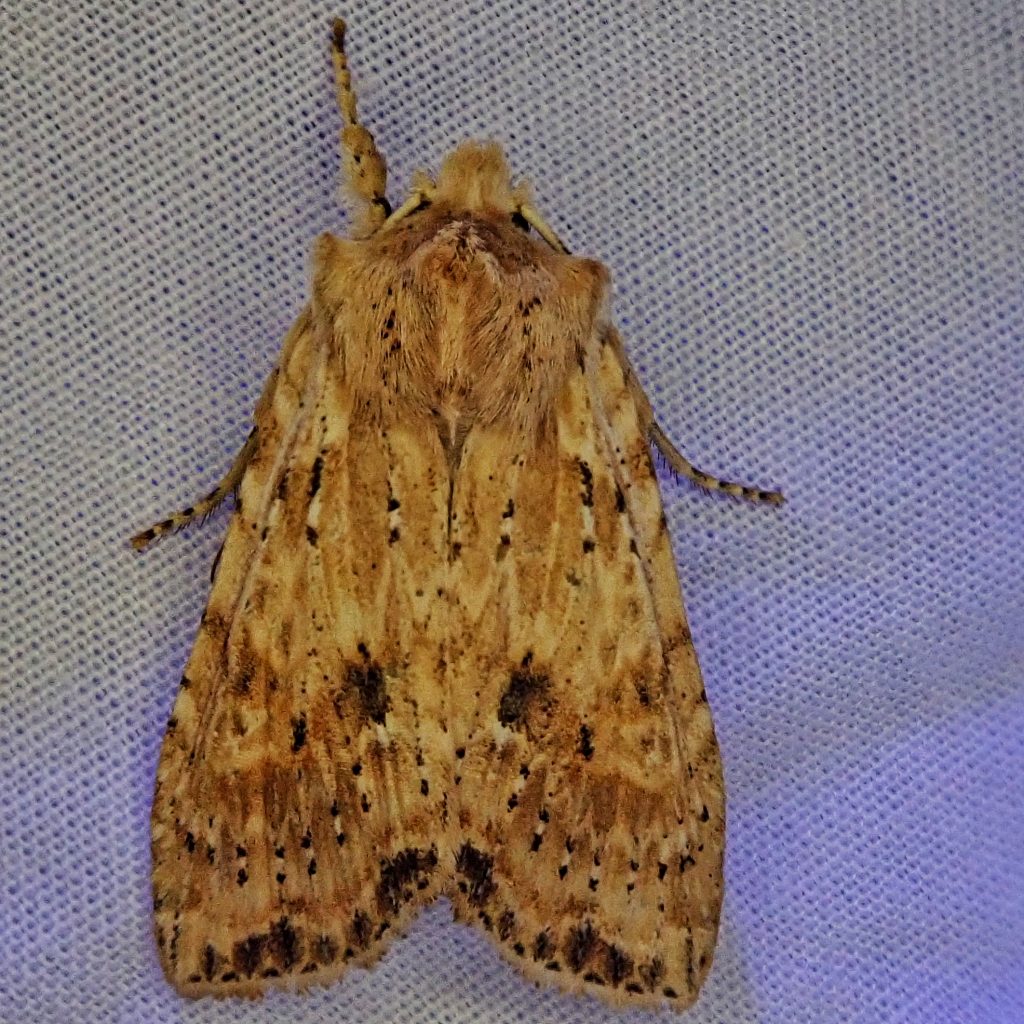
Hey that pretty little thing should not be nameless! I propose naming it after you 🙂
That’s funny, Alison. But thanks! I’m guessing it was a jab at Mr Grote, who misidentified the type species. And hey, it’s not nameless- it’s Nameless😀
True!